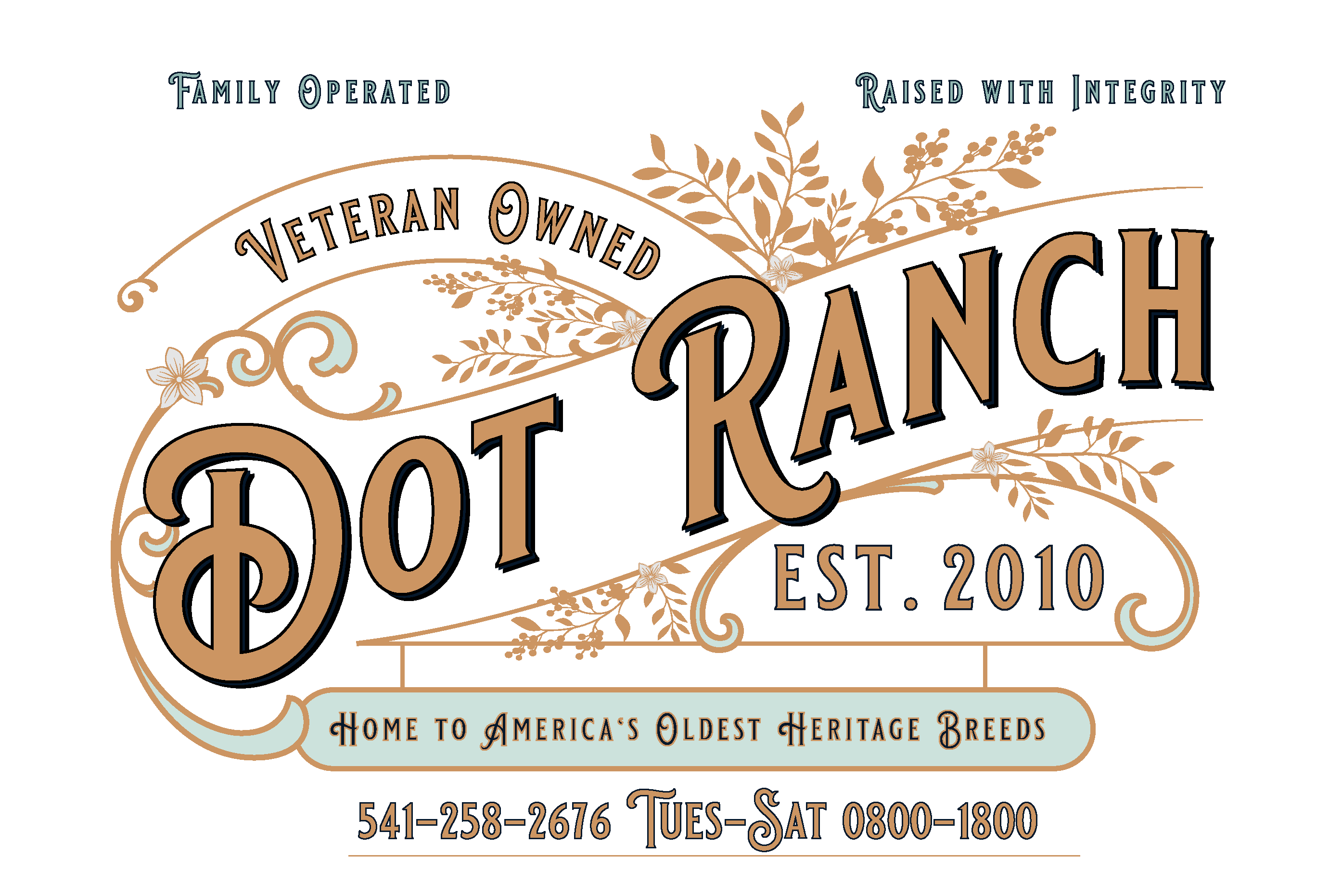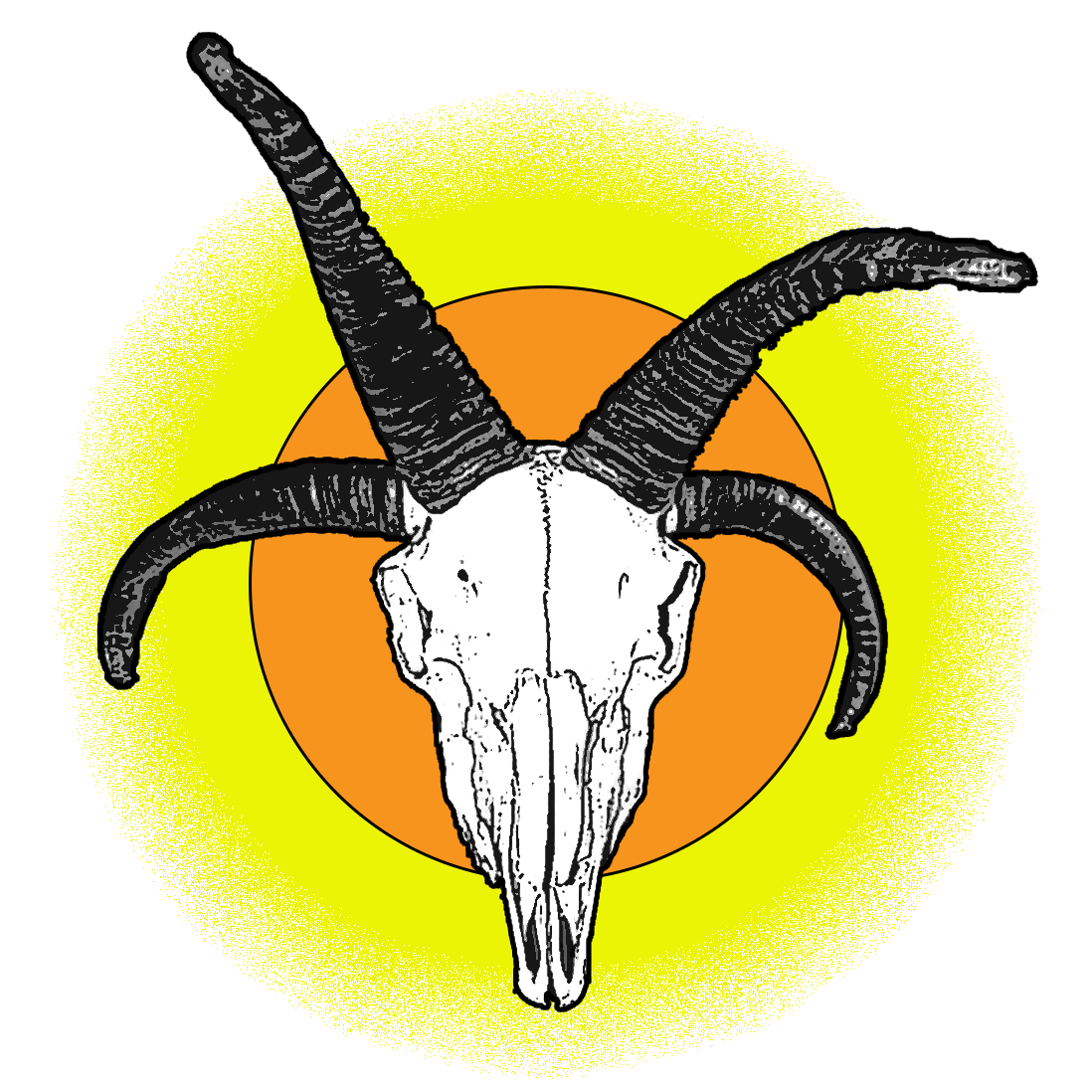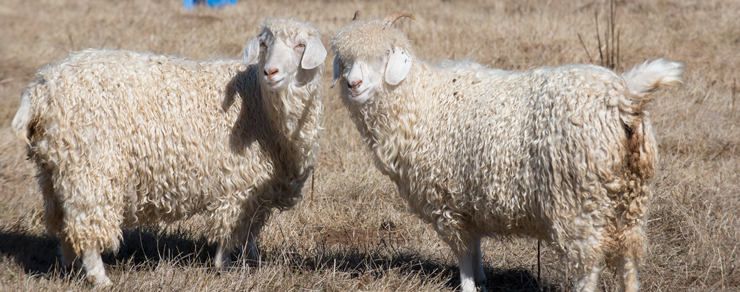
Navajo Angora Goats
Navajo Angora Goats are sometimes referred to as Spanish Angora Goats, but their origins, unlike the Churro, are not in Spain at all. Angora goats have a long and illustrious history. Behind dogs, they're potentially the second species ever domesticated by humankind, with a history stretching back at least to 1500 B.C. in the arid mountains of Turkey.1 Prized for their ultra fine fiber, called mohair, Angoras were also cherished for their sweet and tender meat.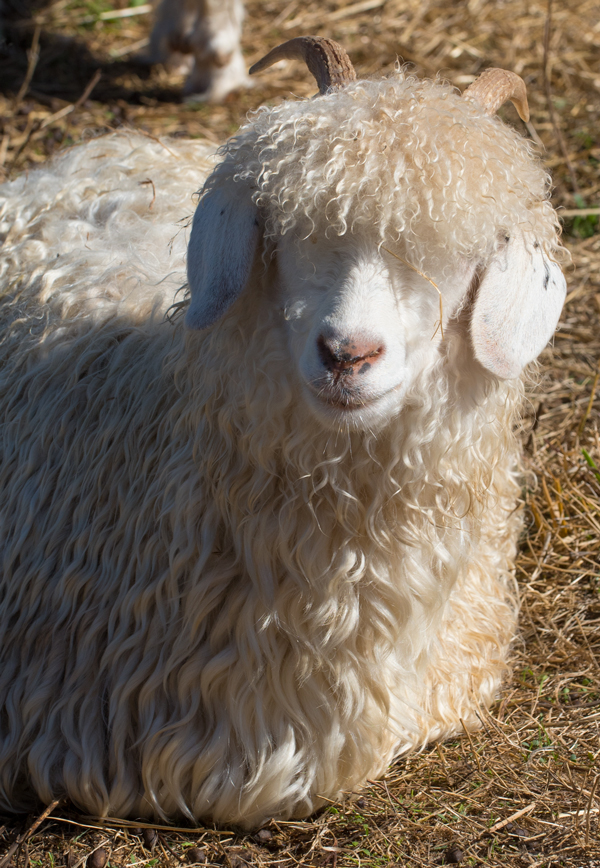 The first Angoras to enter North America came in 1849, a gift of seven Angora goats from Sultan Abdülmecid I of Turkey to Dr. James P. Davis of
South Carolina, to reward his advice and services in advising the Sultan on growing cotton. Angoras grew in popularity quickly after this, and more were imported by other people, mostly farmers in the South. With the advent of the Civil War, many of the largest flocks in the South were decimated, but Angoras and former Confederates alike made their way west to Texas, where they would both quickly begin to thrive. 1,2
The first Angoras to enter North America came in 1849, a gift of seven Angora goats from Sultan Abdülmecid I of Turkey to Dr. James P. Davis of
South Carolina, to reward his advice and services in advising the Sultan on growing cotton. Angoras grew in popularity quickly after this, and more were imported by other people, mostly farmers in the South. With the advent of the Civil War, many of the largest flocks in the South were decimated, but Angoras and former Confederates alike made their way west to Texas, where they would both quickly begin to thrive. 1,2
The Navajo had already been keeping goats since at least the mid 1700's, prizing the Spanish Goats for their milk and cheese as well as meat, and goats were actually kept in greater numbers than sheep.1 Angora goats came to the Navajo in the early 1900's, along with the railroad. These two events were tied hand in hand, because it was partially the new railroad companies insatiable demand for mohair cushions and textiles which drove the expansion of the Angora market in Texas and the SW, and partially the increased demand for goat and mutton from the California gold rush.1 Like many new industries, the Angora market exploded and then imploded, collapsing in the early 1930's, at which point, over half of all goats in the SW were Angoras.1 After this, the goat, which had once sold for over twice as much as sheep, became effectively economically worthless, while still holding value to the Navajo as a subsistence staple.1
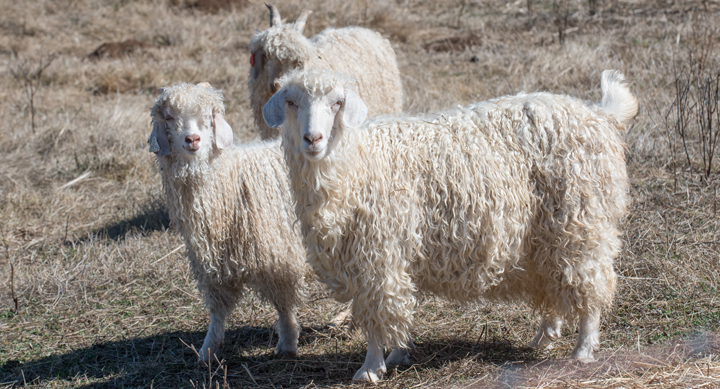 Today, Navajo Angora goats are still raised along with sheep in many flocks throughout Navajo Nation. There are some efforts by Navajo weavers and breeders to bring in modern Angora goats to improve fiber consistency, because the original Angoras that came to the Navajo intermingled with the Spanish Goats that the Navajo already relied on for dairy and meat. The result is that in many flocks, you can see Angora like fiber on goats with Spanish goat type ears, and some goats have a more coarse and kempy fiber than true mohair. Navajo Angora Goats are so rare that they are only recognized currently by one registry, the International Fiber Breed Registry. They are, none the less, a distinct breed from the Angora Goats found in the rest of the world, with specific traits that echo those of the Navajo Churro, such as clean bellies, legs, and faces. These distinctions are especially important given the environment the Navajo Angora Goats were bred to match. Navajo Angora Goats can also be milked, unlike typical Angora goats, and are marked by a hardier constitution, ease of kidding, independent nature, faster and thicker growing fiber, and a more mellow demeanor.1,3
Today, Navajo Angora goats are still raised along with sheep in many flocks throughout Navajo Nation. There are some efforts by Navajo weavers and breeders to bring in modern Angora goats to improve fiber consistency, because the original Angoras that came to the Navajo intermingled with the Spanish Goats that the Navajo already relied on for dairy and meat. The result is that in many flocks, you can see Angora like fiber on goats with Spanish goat type ears, and some goats have a more coarse and kempy fiber than true mohair. Navajo Angora Goats are so rare that they are only recognized currently by one registry, the International Fiber Breed Registry. They are, none the less, a distinct breed from the Angora Goats found in the rest of the world, with specific traits that echo those of the Navajo Churro, such as clean bellies, legs, and faces. These distinctions are especially important given the environment the Navajo Angora Goats were bred to match. Navajo Angora Goats can also be milked, unlike typical Angora goats, and are marked by a hardier constitution, ease of kidding, independent nature, faster and thicker growing fiber, and a more mellow demeanor.1,3 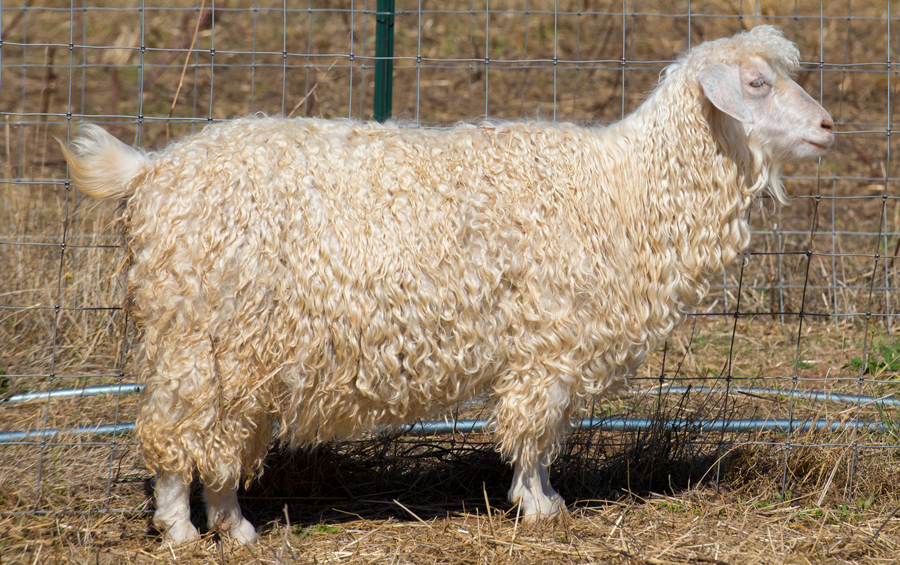 Another unique feature of Navajo Angora's is that they can be either horned or polled, and polled goats typically breed true to their hornless state. No other type of Angora has this trait, with most Angoras being born with the does having a lighter but slightly curved horn set, and the bucks having a dramatically curved and lightly spiraled outward growth pattern.
Another unique feature of Navajo Angora's is that they can be either horned or polled, and polled goats typically breed true to their hornless state. No other type of Angora has this trait, with most Angoras being born with the does having a lighter but slightly curved horn set, and the bucks having a dramatically curved and lightly spiraled outward growth pattern.
Here at Dot Ranch, we have the exact opposite of a Navajo flock in the 1900's, with many more sheep than goats. We focus primarily on breeding Navajo Angora Goats for our own personal use, in fiber, dairy, and meat. While we do occasionally provide goat meat for sale, our population of Navajo Angora Goats is still very small and fragile. We hope to increase the numbers of Navajo Angoras here enough to begin offering goat products to the public in 2019.
Citations
1 Dunmire, W. W. (2013). New Mexico's Spanish Livestock Heritage: Four Centuries of Animals, Land, and People: University of New Mexico Press.
2 Livestock of the World: Angoras
3 Breed Standard-Navajo Heritage Angora
